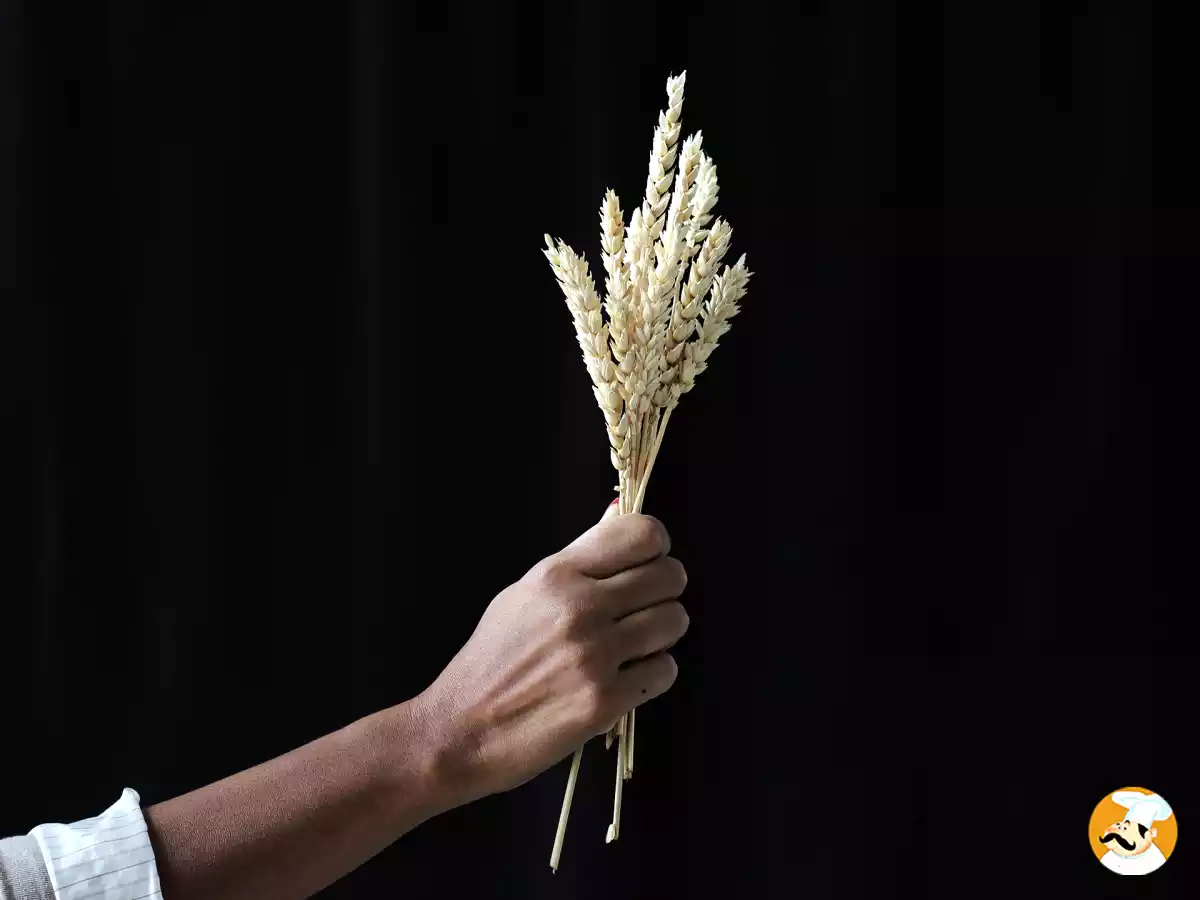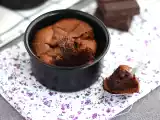Cook gluten-free: Everything you need to know to replace wheat flour!

Gluten-free flours are booming, whether to meet the needs of people with gluten intolerance or those looking to adopt a lighter diet. But what are these gluten-free flours, and how do they transform cereals into ideal alternatives to conventional wheat flour? We tell you all about it:
What is gluten and why avoid it?
Gluten is a protein found in wheat, rye, barley and their derivatives. It gives dough its elasticity and helps baked goods rise and retain their shape. However, for people suffering from celiac disease (a chronic, autoimmune intestinal disease linked to gluten ingestion) or gluten sensitivity, this protein can cause serious digestive and other health problems. For others, a gluten-free diet is seen as a way of reducing inflammation or promoting lighter digestion.
From cereal to gluten-free flour: A transformation process
The process of making gluten-free flour begins with the selection of naturally gluten-free cereals or pseudocereals, such as rice, corn, buckwheat or quinoa.
Here's how it works:
- Cleaning and drying: The grains are first cleaned to remove impurities, then dried to ensure a long shelf life.
- Milling: The grains are then ground using stone millstones or industrial mills to obtain a fine powder, known as flour. Grinding can be adjusted to obtain finer or coarser textures, depending on culinary needs.
- Sifting: Flour is sifted to remove any shell or bran residue, ensuring a homogeneous consistency.
- Enrichment: Some gluten-free flours are enriched with nutrients to compensate for those naturally present in wheat, such as B vitamins and iron.
The most popular gluten-free flours and how to use them in cooking
Here's an overview of the most popular gluten-free flours and their uses in cooking:
- Rice flour: Rice flour, made from ground rice grains, is one of the most common alternatives to wheat flour. It is appreciated for its lightness and fine texture, making it a perfect ingredient for gluten-free baked goods such as cakes and cookies. Its neutral flavor makes it easy to incorporate into sauces to thicken them without altering the taste. It is available in white or brown rice versions, the latter being richer in fiber.
- Buckwheat flour: Buckwheat, although not a cereal but a seed, produces a flour with a distinct, slightly earthy, robust taste. It is particularly popular in France for Breton galettes, and goes well with savory dishes such as crêpes, dense breads or even waffles.
- Corn flour: Corn flour, with its slightly sweet taste, is often used for Mexican tortillas, muffins or even cornbread. Depending on its fineness (semolina or fine flour), it can also be used for cakes or breadcrumbs.
- Quinoa flour: Made from ground quinoa seeds, this flour is increasingly appreciated for its richness in protein, fiber and essential amino acids. It has a slightly grainy texture, making it ideal for slightly denser bread or pastry recipes. Its slightly nutty taste goes well with both sweet and savory preparations.
- Chickpea flour: Chickpea flour is made by grinding dried chickpeas. It is commonly used in Mediterranean and Indian recipes, such as falafels and soccas. Rich in protein, it is perfect for savoury pancakes, breads or for thickening soups.

Gluten-free ladyfingers: foolproof recipe

Decadent gluten-free chocolate fondant

Gluten-free choux pastry
 Adèle Peyches
Adèle Peyches
Comments